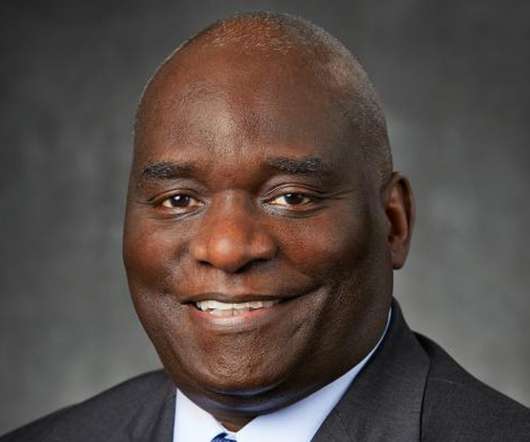Paul Martin: CIOs don’t retire, they go work on boards
CIO Business Intelligence
MARCH 25, 2022
Two years of pandemic uncertainty and escalating business risk have sharpened the focus of corporate boards on a technology trend once dismissed as just another IT buzzword. I joined Baxter as CIO in 2011, and in 2016 I was presented with the opportunity to join my first public company board.















Let's personalize your content